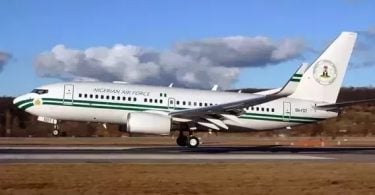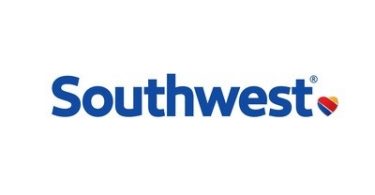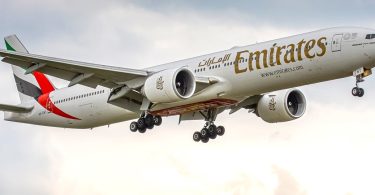|
International Air Transport Association (IATA) tu data silẹ fun awọn ọja ẹru ọkọ oju-omi afẹfẹ agbaye ni Oṣu Kẹsan ọdun 2016 ti o fihan pe ibeere naa, ti a wọn ni awọn ibuso tonne ẹru (FTKs), dide 6.1% ni ọdun kan. Eyi ni iyara idagbasoke ti o yara ju lati igba idalọwọduro ti o fa nipasẹ idasesile awọn ebute oko oju omi Iwọ-oorun Iwọ-oorun AMẸRIKA ni Kínní ọdun 2015. Agbara ẹru ọkọ, tiwọn ni awọn ibuso tonne ẹru ti o wa (AFTKs), pọ si 4.7% ni akoko kanna. Awọn ifosiwewe fifuye wa ni itan-akọọlẹ kekere, titọju awọn eso labẹ titẹ. Iṣe rere ti Oṣu Kẹsan ṣe deede pẹlu iyipada ti o han gbangba ni awọn aṣẹ okeere titun ni awọn oṣu aipẹ. Diẹ ninu awọn ifosiwewe alailẹgbẹ tun le ti ṣe alabapin, gẹgẹbi rirọpo iyara ti awọn ẹrọ Samusongi Agbaaiye Akọsilẹ 7 lakoko oṣu, bakanna bi awọn ipa ibẹrẹ ti iṣubu ti laini gbigbe omi Hanjin ni opin Oṣu Kẹjọ. “Demand for air cargo strengthened in September. Although with growth in world trade virtually at a standstill, the air cargo sector still faces some major hurdles. We did have some encouraging news. The conclusion of the EU-Canada Free Trade Agreement is good news for the economies involved and for air cargo. Growth is the way to overcome the world’s current economic challenges. The EU-Canada agreement is a welcome respite from the current protectionist rhetoric and positive results should soon be evident. Governments everywhere should take note and move in the same direction,” said Alexandre de Juniac, IATA’s Director General and CEO.
¹% ti awọn ile-iṣẹ FTK ni ọdun 2015 'Iyipada ọdun-ọdun ni ifosiwewe fifuye levelLoad ifosiwewe ipele Iṣẹ Agbegbe Airlines in all regions except Latin America reported an increase in year-on-year demand in September. However results continued to vary considerably.
|





















